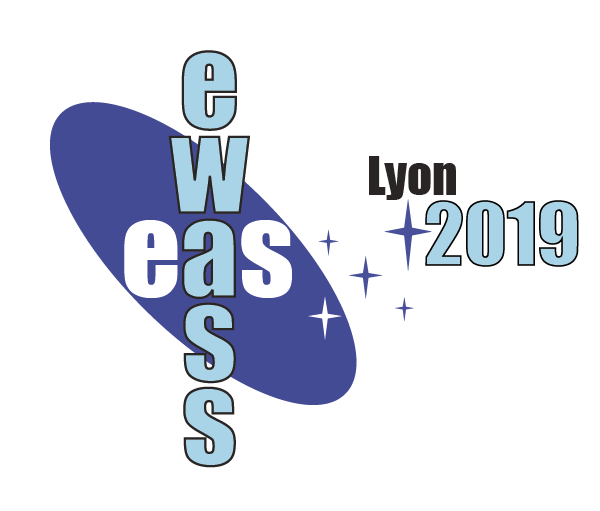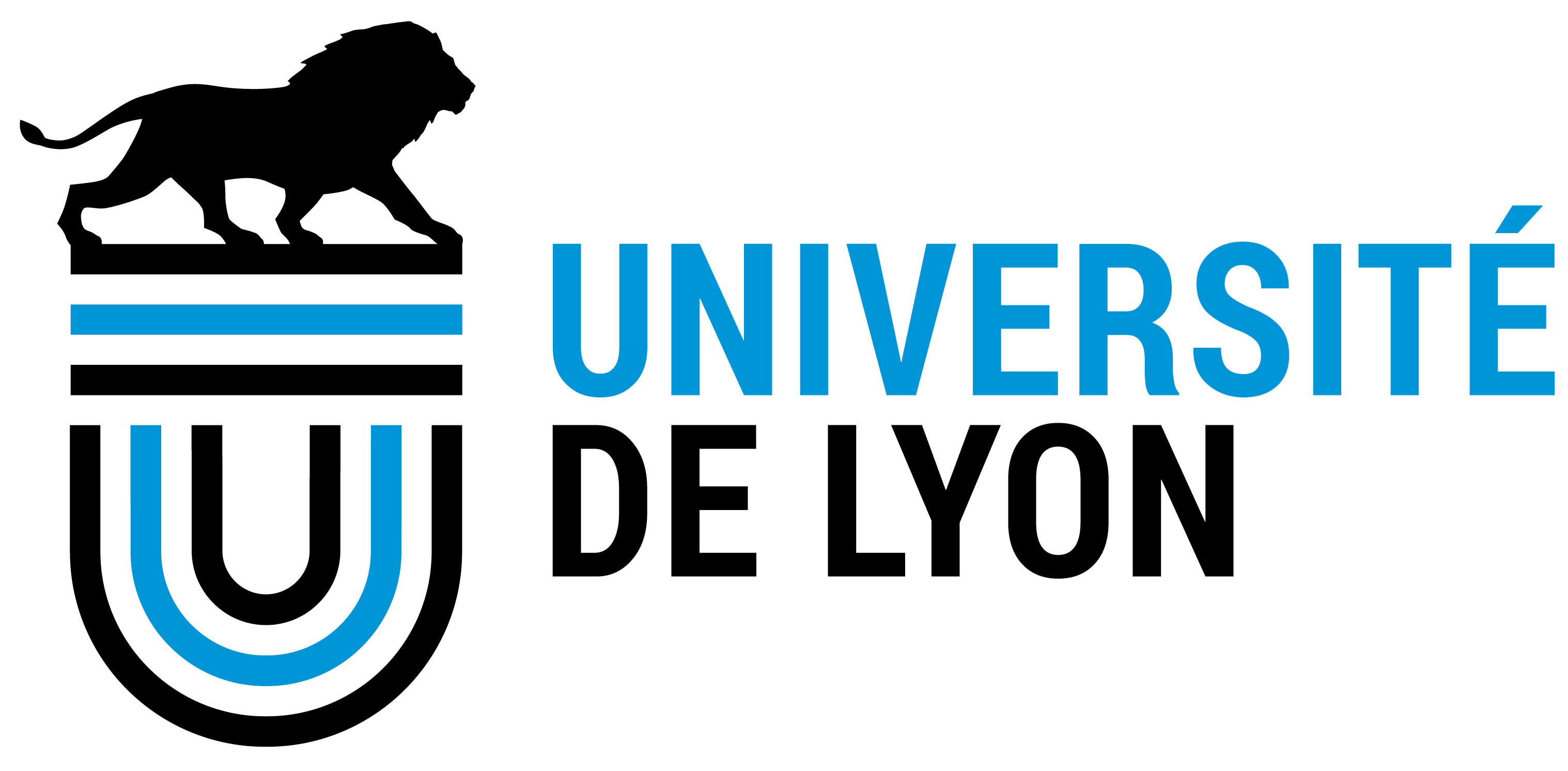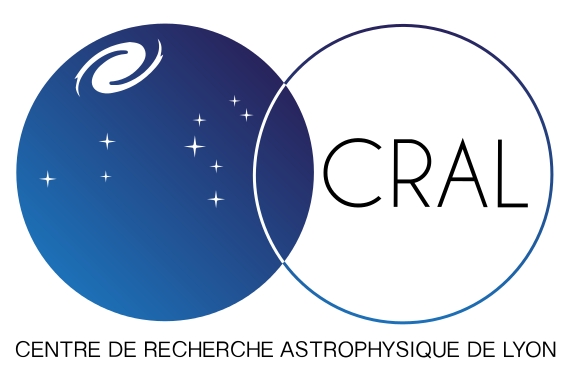
|
Special Session SS5
26 June 2019
The rest-frame UV spectrum of galaxies (~[1000A-3000A]) abounds with information. It is a tracer of the recent star-formation activity: young, massive, stars shine bright in the UV. In other words, UV light provides us a direct means to probe young galaxies in the process of formation -- understanding of which is a major challenge of modern astronomy. The slope of the UV stellar continuum can be used to constrain the dust content of galaxies at very high redshift. Bright nebular lines -- the Lyman-alpha line of Hydrogen in particular (1216A) can contain up to 40% of the bolometric luminosity of a young galaxy -- are used to get a systemic redshift of distant objects, and a clue on their ionisation state, and metal enrichment. Metallic absorption lines also tell us about the kinematics and porosity of the interstellar medium. However, this part of the spectral energy distribution of galaxies can only be observed from the ground during the first billion years of galaxy formation and evolution, when it is conveniently redshifted into IR domains (z > 6) and in the optical (z >~2). The next 10 billion years of cosmic time, during which tiny young galaxies have matured and grown, is entirely accessible to us in the rest-frame UV window, albeit only with space-based telescopes given the atmospheric opacity.
Programme
Invited speakers
Scientific organisers
Contact Anne Verhamme: anne.verhamme @ unige.ch; Pascal Oesch: pascal.oesch @ unige.ch; Kanak Saha: kanak @ iucaa.in Updated on Wed Feb 06 23:37:44 CET 2019
|
||||||||||||||
|
European Week of Astronomy and Space Science / The annual meeting of the EAS |
|||||||||||||||
 A power cut will shut down all EAS services on Tuesday, 10 January 2017 starting at 7:30 CET.
A power cut will shut down all EAS services on Tuesday, 10 January 2017 starting at 7:30 CET.





